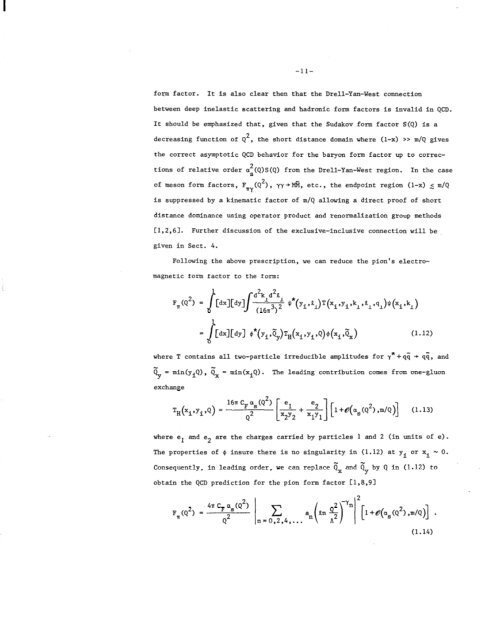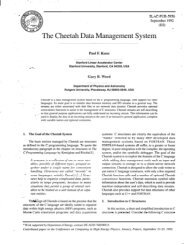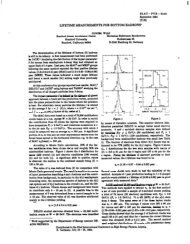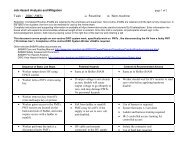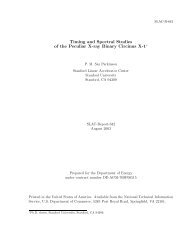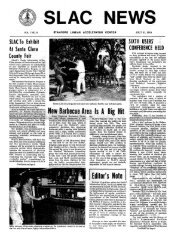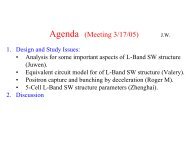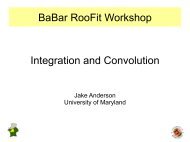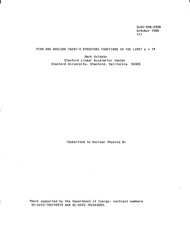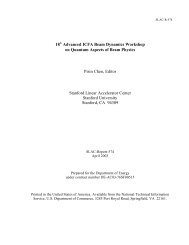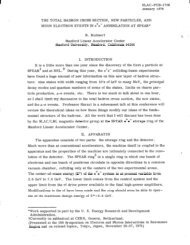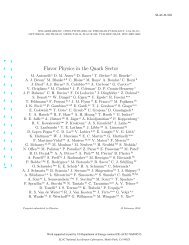slac-pub-2605 - SLAC - Stanford University
slac-pub-2605 - SLAC - Stanford University
slac-pub-2605 - SLAC - Stanford University
Create successful ePaper yourself
Turn your PDF publications into a flip-book with our unique Google optimized e-Paper software.
form factor. It is also clear then that the Drell-Yan-West<br />
between deep inelastic scattering and hadronic form factors<br />
-ll-<br />
connection<br />
is invalid in QCD.<br />
It should be emphasized that, given that the Sudakov form factor S(Q) is a<br />
decreasing function of Q2, the short distance domain where (l-x) >> m/Q gives<br />
the correct asymptotic QCD behavior for the baryon form factor up to correc-<br />
tions of relative order az(Q)S(Q) from the Drell-Yan-West region. In the case<br />
of meson form factors, F,,(Q2), yy+M& etc., the endpoint region (l-x) 5 m/Q<br />
is suppressed by a kinematic factor of m/Q allowing a direct proof of short<br />
distance dominance using operator product and renormalization group methods<br />
i-1,2,61. Further discussion of the exclusive-inclusive connection will be<br />
given in Sect. 4.<br />
Following the above prescription, we can reduce the pion's electro-<br />
magnetic form factor to the form:<br />
F,$Q2) =<br />
(1.12)<br />
where T contains all two-particle irreducible amplitudes for y*+q{ + q - The leading contribution comes from one-gluon<br />
exchange<br />
TH(Xi’Yi,Q) = 1's cl>(Q2) [& + ~][l+b(as~Ql),m/Q)] (1.13)<br />
where e 1 and e2 are the charges carried by particles 1 and 2 (in units of e).<br />
The properties of 4 insure there is no singularity in (1.12) at yi or xi w 0.<br />
Consequently, in leading order, we can replace 6, and cy by Q in (1.12) to<br />
obtain the QCD prediction for the pion form factor [1,8,91<br />
47~ CF as(Q2)<br />
F,(Q2) =.<br />
Q2


